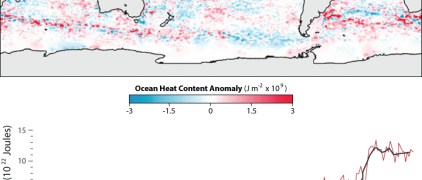
What’s the problem with climate change? We could use some warmer weather this winter anyway? People often conflate climate change with global warming. In fact, climate change not only effects how the surface of the earth warms (temperature), it impacts the frequency and intensity of rainfall (precipitation), it increases the magnitude and frequency of storm events (extreme weather) and current conditions and future projections are demonstrating the ways growing periods (agriculture and forestry), interdependent biological systems (trophic levels) and, fundamentally, seasonal cycles as we know them will be impacted. As the earth warms, ice sheets and glaciers continue to melt and combined with volumes of heat already in the depths of the ocean system are and will continue to cause changes in global sea levels.
With over 50% of the world’s 7 billion people living in cities along coastlines, sea level rise has profound implications for how we live in the coming century. A recent study brings this message home by visualizing the projected extent of sea levels in iconic US cities under three different scenarios over the next 1-3 centuries. What these visuals communicate is that without engineered adaptations to infrastructure or, in some cases, managed retreat – shifting investments and people away from highly vulnerable areas - many familiar communities and neighbourhoods are likely to be submerged over the coming century. Locally, the Local Climate Change Visioning Project worked with the coastal community, the Corporation of Delta, to visualize these projected impacts. These place-based visuals raised issues for the local government and community about where and how to get proactive in promoting development in less vulnerable areas, how to secure coastal agricultural lands and ways to either adapt or move at-risk neighbourhoods. So when you are thinking about soaking up the rays, drinking margaritas in your backyard under warming climate conditions, think about the millions on coastlines around the world already experiencing the impacts of significant climate variability (e.g. extreme events) and, for a lasting legacy for your grandchildren, ensure the family home’s yard is at high elevation or secured on stilts.